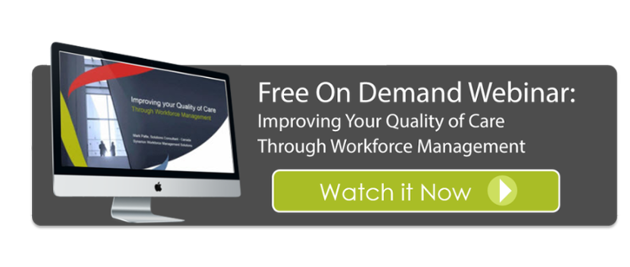 Workforce planning is one of the most important prerequisites for boosting productivity. After all, human resource is the biggest asset of every organization. When workforce planning manages to overcome common challenges, it can deliver higher rates of employee retention, satisfaction and effectiveness.
Workforce planning is one of the most important prerequisites for boosting productivity. After all, human resource is the biggest asset of every organization. When workforce planning manages to overcome common challenges, it can deliver higher rates of employee retention, satisfaction and effectiveness.
In order to do a good job in terms of workforce planning, you may want to consider the following techniques.
Forget Common Misconceptions
Workforce planning can become ineffective when misconceptions or stereotypes are taken into consideration. A most common mistake is linking importance of one’s position to corporate hierarchy. Relying on traditional or outdated performance-assessment methodologies can lead to problems.
Other common misconceptions include: segmenting the workforce on organizational level, having the same employment value proposition for all members, reporting turnover as a whole and seeing business and workforce strategies as the same thing.
Where Your Team Right Now and Where Do You Want It To Be?
This is the most important question to ask yourself when doing strategic workforce planning.
Having a good idea about the company’s identity is of paramount importance. What is your vision, mission and purpose? What are the most common workforce problems? Are you dealing with a high turnover rate? Are you lacking qualified professionals to address a skill gap? Are you dealing with a lack of motivation and absenteeism? A deeper look at these current problems can help you build a strategic plan for the future.
Mapping out your future business goals ensures your company continues to grow. Will you enter new market niches? Do you plan to diversify the production and range of your clients? Answering these questions helps pinpoint future workforce needs and sets your business up to hit new targets.
External Factors
Workforce planning is dependent both on fundamental corporate factors and the consideration of your external environment. In order to create strategic workforce planning, your business needs to be able to forecast demand in years to come. Important external factors that could impact business include: political and economic environment, social norms, technological advancements, entrance of new market players and shifting buyer needs.
Have A Skills Inventory
What types of skills does your organization currently have? What’s missing? Workforce management isn’t about a specific number of employees, it’s about the skill set your organization needs for stability and long-term growth.
An updated skills inventory (rather than an inventory of positions) will make it easy to determine what projects the organization will be capable of taking on and which ones will require the acquisition of new talent.
Focus On Data Quality
The final aspect of strategic workforce planning is data quality. The records you create and the info-analysis software you rely on will impact outcome of your efforts. The best way to get organized is to centralize the information you rely on. Often, it’s scattered in spreadsheets, digital files and talent management systems. Centralized software solutions will simplify the task of planning by giving you a clear view and access to the data you need.
When you have a reliable stream of data, you can make it actionable by having a good idea of what future changes and impact this information will have on your organization.
